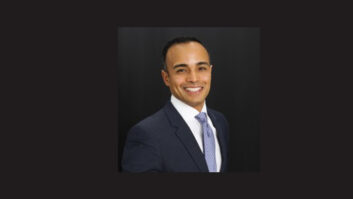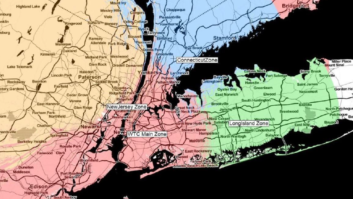This is one in a series summarizing notable comments being filed to the FCC on its AM revitalization NPRM. Read other summaries at radioworld.com/amcomments.
The National Alliance of AM Broadcasters is a new group composed of mostly AM owners and formed to support the revitalization of stations on the senior band.
Led by Radiotechniques consulting engineer Edward Schober, members include Radiotechniques, Multicultural Radio Broadcasters, Legacy Media Memphis, Enrico Brancadora, Winchester Radio Broadcasters, and Bill Parris, owner of Maryland-based Radio Broadcast Communications.
The NAAMB supports many of the FCC’s proposed initiatives to help AM, but believes several of the implementation details will be counterproductive. Overall, what the commission has put forth in its Notice of Proposed Rulemaking is “grossly inadequate” to help AM, according to the group in its comments filed with the commission.
AM “needs strong medicine to survive,” says the group, adding that “half measures will only serve to extend a languishing demise of the medium.”
Many reforms, like an AM-only FM translator application window, can be put in place immediately, according to the group. The NAAMB also agrees with duTreil, Lundin & Rackley that principal community service is an anachronism in the present media environment and that daytime/nighttime community coverage standards should be eliminated, or, at the very least, modified.
The group also believes in eliminating the so-called “Ratchet” rule and says that AM antenna efficiency standards should be modified.
No new analog AM stations should be authorized — there’s too many on the band now, asserts NAAMB. Only applications for digital AMs should be authorized going forward, but not those transmitting in IBOC, notes the group, which terms that technology “a complete disaster.”
That’s because “even with ideal equipment integration and tuning AM IBOC serves only a small fraction of the analog AM service area, and stations with troublesome directional antennas cannot be equalized for satisfactory performance.”
NAAMB says AM IBOC hybrid transmissions should be discontinued. Alternatives like MA-3, MA-4 or Digital Radio Mondiale DRM-30 systems are needed for a successfully AM digital transition, according to NAAMB.
The group also believes the FCC should amend Part 15 and Part 18 of its rules to better protect AM frequencies and provide a mechanism to identify noncompliant devices and installations. Part 15 exempts many in-car devices, notes the group: “There are many times when the noise from an 18-wheeler will blank out an AM station for 100 yards or more. This is problematic if a listener is traveling in the same direction as the truck.”
The NAAMB proposes the commission use a Web-based reporting system for users to report devices that appear to violate Part 15 and Part 18 as well as installations that generate excessive noise.
Some ideas, like controversial reforms, require additional research and comment. The commission should establish a Continuing Notice of Proposed Rulemaking for these issues to develop a better record, says NAAMB, which tells the commission the NAAMB proposals are meant to help the FCC accomplish the goal of returning AM “to its former vitality.”
The FCC extended the deadline to file reply comments to Docket 13-249 until March 20.
Watch our page radioworld.com/amcomments for summaries of other comments to the FCC NPRM.












